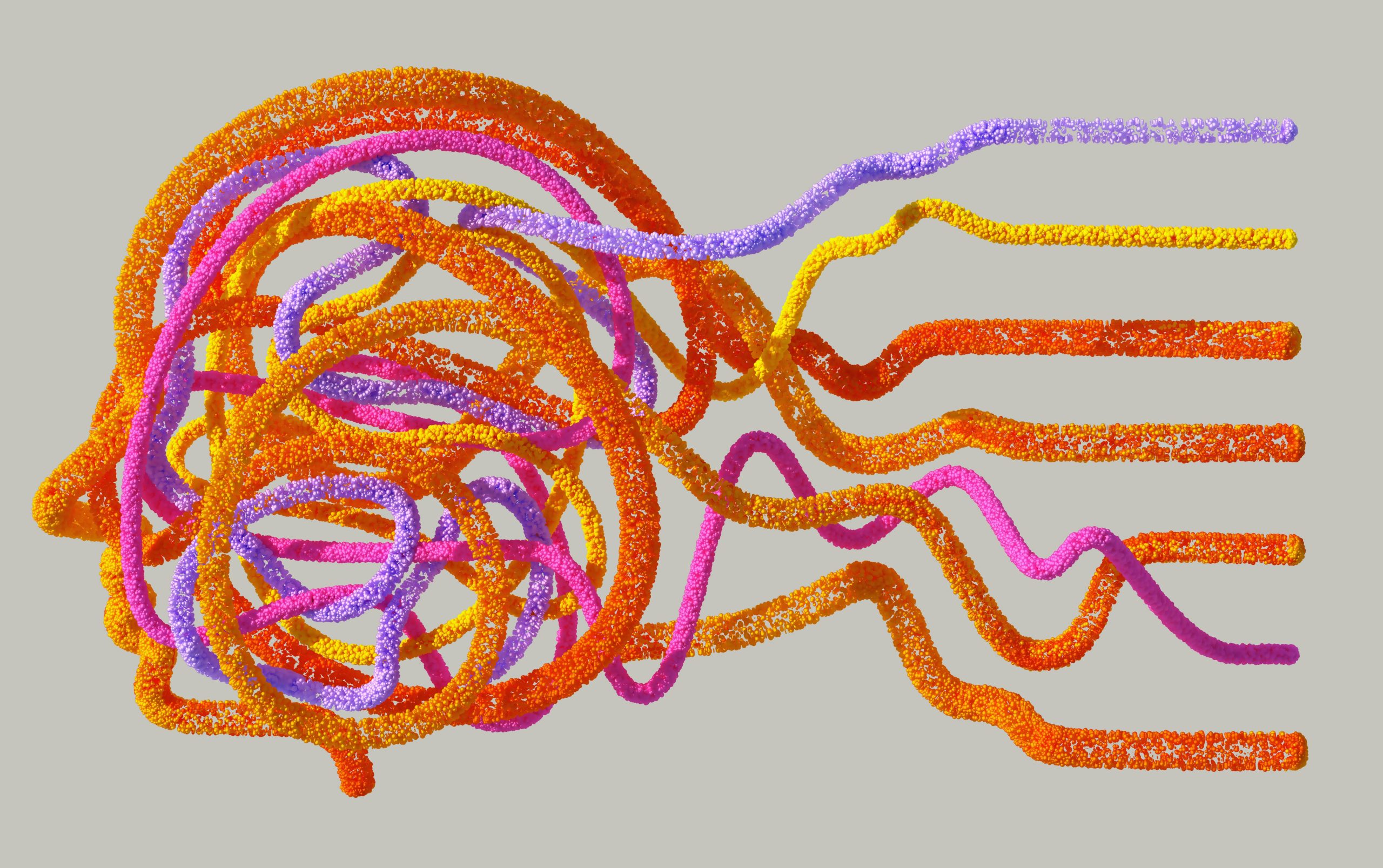AI model scaling has long depended on tokens—pieces of text models are trained to predict. For years, the community assumed more tokens meant better performance. A recent breakthrough challenges this thinking: scaling “patches” instead of tokens could improve performance and efficiency in models like Transformers. This shift could reshape how we approach model training, computational costs, and overall progress in the field.
Here’s what you need to know and why it matters.
What Are Patches, and How Do They Differ From Tokens?
Tokens are the basic units of input text for models like GPT. A single sentence, like “AI is changing the world,” might be split into tokens like “AI,” “is,” “changing,” “the,” “world”.
But patches introduce a more structured approach. Instead of focusing on individual word-like tokens, patches treat chunks of data as a whole—essentially processing larger, fixed units at once. In computer vision, patches have been widely adopted as part of Vision Transformers (ViTs), where images are broken into grids. Instead of analyzing every pixel, ViTs process entire segments (or patches) of the image.
This paper applies the same “patching” principle to natural language processing (NLP). By working with larger patches, models may better capture relationships in data without exponentially increasing computational costs.
The Key Findings – Patches Scale Better
The paper’s core discovery is groundbreaking: “Patches scale better than tokens” for Transformers in NLP tasks. Specifically, the authors demonstrate that training on patches achieves the same—or better—performance as token-based methods while requiring fewer training steps.
Here are the essential findings:
- Scaling Efficiency
Using patches results in more efficient scaling compared to tokens. Traditionally, adding tokens leads to diminishing returns: the more you add, the less benefit you see. Patches bypass this problem by letting models process larger units at once, reducing redundancy and boosting training efficiency. - Improved Performance
Models trained on patches perform comparably to those trained on tokens. In some cases, they even outperform token-based models, especially when datasets grow larger. - Reduced Computational Cost
Training on patches saves compute time and resources. This finding has major implications for the AI community, where training costs (both time and energy) remain significant barriers. - Adaptability Beyond NLP
The paper’s findings suggest that patches can generalize beyond language tasks. For example, in multimodal models—where images, text, and other data combine—patches may unify data processing.
These results are a breakthrough because they question a long-standing assumption: that token scaling is the only way forward. By proving patches are not just viable but superior in key areas, this paper opens up a path for faster, cheaper, and better model development.
Why It’s a Huge Breakthrough
For the AI community, this research addresses two critical challenges: performance scaling and resource efficiency. Here’s why it matters:
- Breaking the Scaling Barrier
Token-based scaling has been hitting diminishing returns. While increasing the number of tokens does improve performance, it eventually plateaus. Patches introduce a fresh way to scale models without being constrained by this limitation.In simple terms, models trained on patches get “more for less.” They perform better with fewer steps, meaning they scale faster than their token counterparts. This is a fundamental shift in the mindset of scaling language models. - Solving the Cost Problem
Training large language models requires immense computational resources. For example, GPT-3 reportedly cost millions of dollars to train, consuming energy on a massive scale. This cost limits access to advanced models, especially for smaller research labs, startups, and communities without big budgets.The paper’s findings suggest that patch-based models can achieve equal (or better) results while reducing compute time. This directly lowers the barrier to entry for training cutting-edge models. - Unified Data Processing
Patches offer a consistent way to process both text and images. In multimodal applications—such as models that handle vision and language simultaneously—patches create a shared foundation for handling data. This simplifies training and improves efficiency across different types of tasks. - Environmental Impact
Reducing computational resources also reduces energy consumption. As AI models grow larger, their carbon footprint grows, too. Training on patches aligns AI progress with sustainability goals, making it a greener alternative for the future.
How the AI Community Can Leverage Patches
This breakthrough creates immediate opportunities for researchers, developers, and organizations. Here are ways the community can benefit:
- Rethinking Training Strategies
Researchers can experiment with patch-based training for existing Transformers. By shifting focus from tokens to patches, they can optimize models for performance, speed, and cost. - Smaller Labs Can Compete
With reduced compute requirements, smaller teams and organizations can train models that rival those built by tech giants. This democratizes AI innovation and levels the playing field. - Advancing Multimodal AI
Developers working on multimodal models—like those used in self-driving cars or image-to-text systems—can integrate patch-based techniques for better performance and simpler training. - Fostering Collaboration
The community can build on these findings to refine patch-based methods further. Future research could explore hybrid approaches, combining tokens and patches for optimal results.
The Road Ahead
While the findings are promising, patches are still a relatively new approach for NLP. Key areas for future exploration include:
- Fine-Tuning: How do patch-based models perform on specialized, real-world tasks compared to token-based models?
- Hybrid Systems: Can patches and tokens work together to create even better models?
- Scaling Limits: What are the theoretical and practical limits of patch-based scaling?
As researchers build on these findings, patches may become the default method for training Transformers. If so, this breakthrough will mark a turning point for the entire AI community.
Conclusion
The discovery that “patches scale better than tokens” is a game-changer for AI. It challenges a fundamental assumption about how models are trained, offering a smarter, faster, and more efficient approach.
For developers, researchers, and organizations, this breakthrough has immediate benefits: lower costs, better performance, and greener computing. It also opens doors for smaller labs to compete and innovate on equal footing with industry giants.
Ultimately, patch-based scaling could accelerate progress across AI, from language models to multimodal systems. As the community adopts and refines this approach, we move closer to building more powerful, accessible, and sustainable AI systems for everyone.

